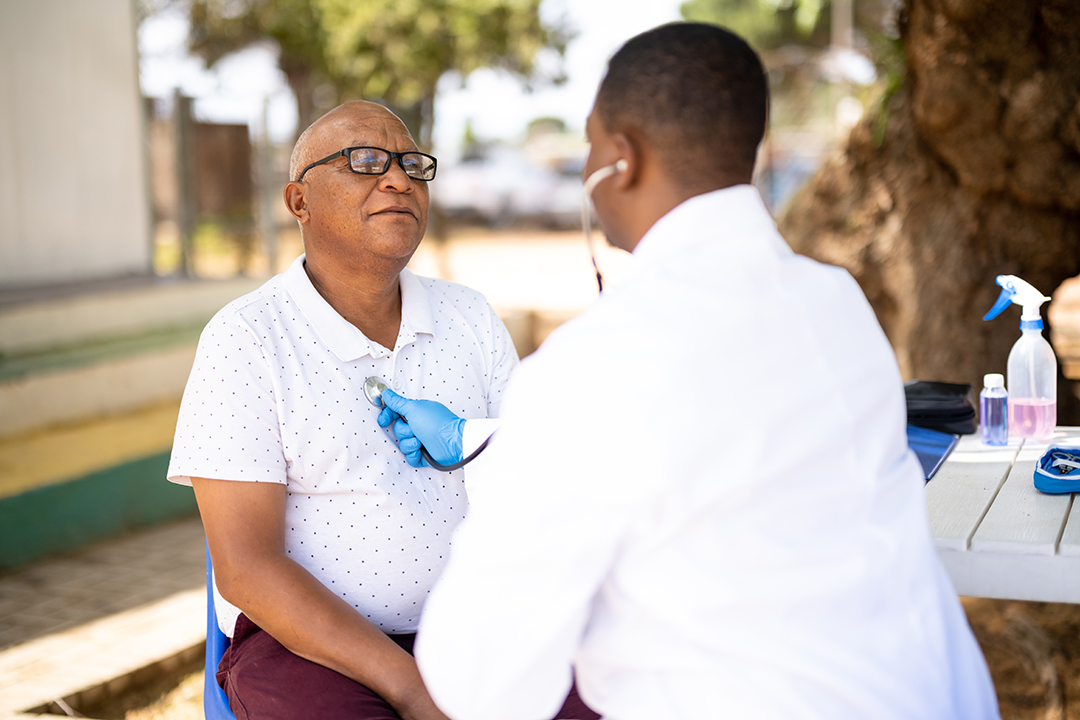Resources to Strengthen Cultural Competence in Healthare
In recent years, healthcare organizations have reexamined their policies and procedures from a cultural competence perspective. Facilities have developed and implemented diversity, equity and inclusion initiatives to work toward fairness, cultural sensitivity, and improved outcomes. There’s still much work to be done in this ongoing, circuitous trek toward health equity.
However, there’s great potential for profound change at the provider-patient level. Physicians, advanced practice providers and other clinicians can consider whether they’re treating all patients fairly. They can learn about cultural competence, recognize that it’s a learning process, and implement best practices in patient interactions. Various organizations have researched and developed training and tools to help providers strengthen cultural competence.
What is Cultural Competence in Healthcare?
The Health Policy Institute at Georgetown University explains cultural competence as it applies to healthcare:
“Individual values, beliefs, and behaviors about health and well-being are shaped by various factors such as race, ethnicity, nationality, language, gender, socioeconomic status, physical and mental ability, sexual orientation, and occupation. Cultural competence in health care is broadly defined as the ability of providers and organizations to understand and integrate these factors into the delivery and structure of the health care system. Culturally competent health care services aim to provide the highest quality of care to every patient, regardless of race, ethnicity, cultural background, English proficiency or literacy.”
What Patient Groups Often Receive Disparate Care?
Researchers have identified several groups that often experience disparities in healthcare due to a combination of socioeconomic factors and non-socioeconomic factors such as unconscious bias, gender bias, racism, stereotyping, bias, and limited English proficiency (Journal of Racial and Ethnic Health Disparities):
- African Americans
- Appalachian poor
- Asian Americans
- Elders
- Immigrants and refugees
- Individuals living with disabilities
- Latinos/Hispanics
- Lesbian, gay, bisexual, transgender, questioning, intersex, and asexual individuals
- Native Americans
- Overweight people
- Prisoners
- Some religious minorities
- Women
A note regarding “groups”: Defining patient populations by groups is necessary to identify patterns and illuminate disparities. The risk of grouping is stereotyping. Finding the balance between being sensitive to cultural differences and treating the individual is essential.
How Can Providers Build Cultural Competence and Deliver Equitable Care?
Several research-based resources are designed to help providers strengthen cultural competence and ensure they’re doing their best to ensure patients receive equitable care. Here are our favorites:
Advice for Clinicians Treating Patients at Risk of Receiving Health Care Disparities
“Some Advice for Physicians and Other Clinicians Treating Minorities, Women, and Other Patients at Risk of Receiving Health Care Disparities,” published by White and Stubblefield-Tave in the Journal of Racial and Ethnic Health Disparities, provides an 18-item checklist for providers. The guidelines are intended to build trust, understanding and mutual respect between caregivers and patients and help deliver equitable care. They are paraphrased below:
- Humanize your patient using body language, physical touch, voice inflection, discussion about the weather, family, spirituality and religion, food, athletic events, travel, music, etc.
- Identify and monitor conscious and unconscious biases.
- Do a teach-back, asking the patient to describe what they understand their health problem to be and what is being done to address it, clarifying any misunderstandings.
- Help the patient learn about their disease or condition, suggesting resources, support groups, and the like.
- Allow a patient to have a partner,friend and/or family member present.
- Learn a few words and phrases in the common languages in your area.
- Use a qualified medical interpreter as appropriate and required by law.
- Consider the health literacy of one’s patients.
- Encourage patients to ask questions.
- Respond thoughtfully to patient complaints.
- Discuss a second opinion if the patient has anxiety, stress, worry, or misunderstanding about surgery or treatment.
- Hold your institutions accountable for providing culturally and linguistically competent care.
- Encourage patients to fill out patient satisfaction and demographics forms.
Best Practice Highlights for Treating Diverse Patient Populations
The American Psychiatric Association has individual pages clinicians can use to learn about working with patients who identify in the following groups:
- Black/African American
- Appalachian
- Asian American
- Latino
- LGBTQ
- Muslim
- Indigenous
- Refugee and Forced Displacement Patients
- Women
Each page features:
- Videos about treating the group
- Information about the group and its significant history
- Stigma and risk factors
- Statistics on the particular group and healthcare disparities
- Best practices for working with the group
- References
Self-Directed Course: A Physician's Practical Guide to Culturally Competent Care
The United States Department of Health and Human Services offers a course for physicians, PAs and NPs. The course:
- Is an interactive, self-paced, e-learning course
- Is accredited for 9 free CME hours
- Is based on the National CLAS standards
- Features engaging cases and learning about cultural competency in healthcare
Cultural competency is an ongoing learning process. At its core, it’s about meeting each individual as they are, respecting differences, ensuring understanding and providing the best in care.
To discover where patients need you in exciting locations across the nation, browse our provider opportunities now.
